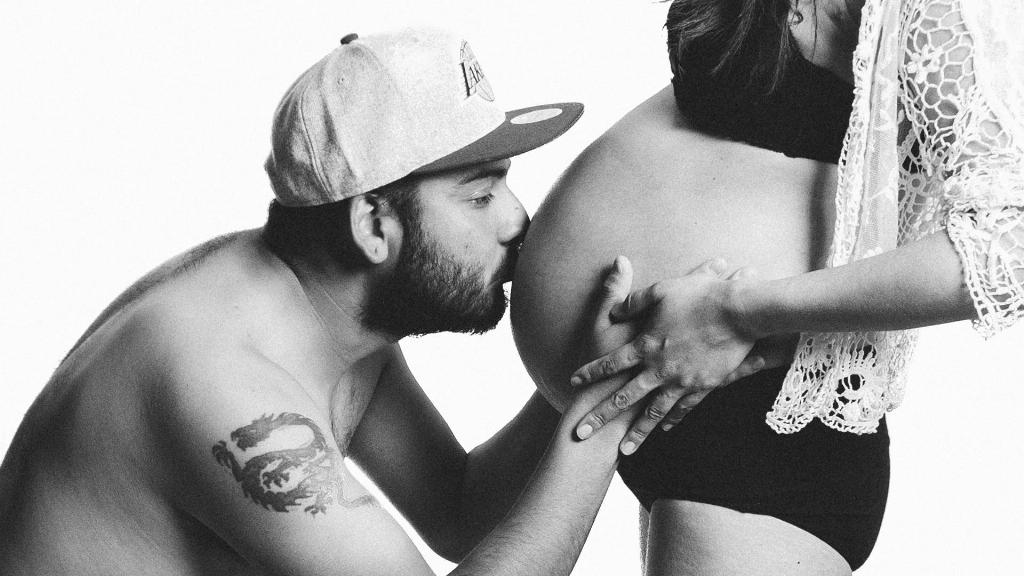If you have come across a stray cat and are wondering if she might be pregnant, there are several signs you can look out for to help you determine her condition. One of the common indications is observing the cat licking her genitalia frequently. This behavior can be a sign of increased grooming due to hormonal changes during pregnancy.
Another telltale sign that a stray cat might be pregnant is the presence of a discharge from her vulva a few hours before she goes into labor. This discharge can vary in color and consistency, so it’s essential to keep an eye out for any unusual changes in the cat’s vaginal area.
As the cat’s due date approaches, you may also notice a significant change in her behavior. Pregnant cats often exhibit signs of restlessness, pacing, and vocalization. If you observe your stray cat meowing, howling, or chirping more frequently than usual, it could be a sign that she is nearing labor.
Physical changes in the stray cat’s body can also provide clues about her pregnancy status. As the pregnancy progresses, the cat’s abdomen will gradually expand as the kittens grow inside her. You may be able to gently palpate the cat’s belly to feel for the presence of developing fetuses.
Additionally, pregnant cats may experience changes in their appetite and weight. A pregnant stray cat may appear to have a larger appetite as she needs to nourish both herself and her growing litter of kittens. Monitoring any changes in the cat’s weight can also help confirm her pregnancy.
It’s worth noting that a visit to the vet is the best way to definitively confirm whether a stray cat is pregnant. A veterinarian can perform a physical examination, ultrasound, or other tests to assess the cat’s reproductive status accurately.
Providing a pregnant stray cat with a safe and comfortable environment is crucial to ensure the well-being of both the mother and her kittens. Setting up a cozy nesting area with blankets or towels can offer the cat a place to rest and give birth when the time comes.
It’s essential to monitor the pregnant stray cat closely as her due date approaches. Keeping track of any changes in her behavior, appetite, and physical appearance can help you prepare for the arrival of the kittens and provide the necessary care and support.
Ensuring that the pregnant stray cat has access to nutritious food and clean water is vital for maintaining her health during this critical time. High-quality cat food formulated for pregnant or nursing cats can help meet the increased nutritional needs of the mother.
As the pregnant stray cat gets closer to giving birth, it’s essential to be prepared for the arrival of the kittens. Creating a birthing kit with supplies such as clean towels, scissors, and heating pads can ensure that you are ready to assist the cat if needed during labor.
After the kittens are born, providing the mother cat with a quiet and secure space to care for her offspring is essential. Avoiding stress and disturbances can help the mother cat feel more comfortable and confident in caring for her new litter of kittens.
Remember that pregnant stray cats require patience, understanding, and compassion as they navigate this transformative experience. By being observant, proactive, and supportive, you can help ensure a safe and positive outcome for both the mother cat and her kittens.

